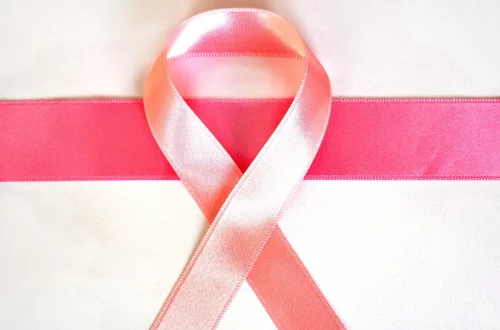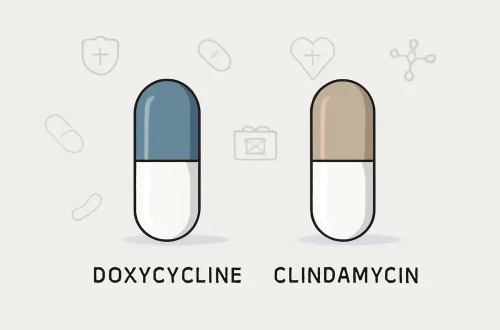
Essential Care Tips for Dog Paw Wounds and Healing Process
Taking care of our furry friends is a responsibility that comes with immense joy and fulfillment. However, being a dog owner also means being prepared for unexpected injuries and health issues. One common concern that many dog owners face is wounds on their pets’ paws. Dogs, being naturally curious and active creatures, are prone to minor cuts, scrapes, or punctures on their paws, which can lead to discomfort and even infection if not treated properly.
Understanding the anatomy of a dog’s paw is essential in recognizing the significance of prompt care when injuries occur. The paw consists of several components, including the pads, claws, and skin, each of which can be susceptible to various types of injuries. As our dogs explore their surroundings, they may encounter sharp objects, rough surfaces, or other hazards that can lead to paw wounds.
Moreover, dogs may not always show visible signs of pain, making it crucial for owners to be attentive and proactive in assessing their pets’ well-being. This vigilance can help prevent minor injuries from escalating into more serious conditions. As a responsible pet owner, knowing how to properly care for paw wounds and understanding the healing process can make a significant difference in your dog’s recovery and comfort.
Identifying Paw Wounds and Their Causes
Recognizing paw wounds is the first step in ensuring proper care for your dog. Paw wounds can manifest in various forms, including cuts, abrasions, punctures, and even burns. Each type of wound can have different causes, ranging from environmental factors to accidents during playtime.
Cuts and abrasions are often caused by sharp objects like glass, metal, or thorns that your dog may encounter while walking or running. These injuries can vary in severity, from minor scratches that heal quickly to deeper cuts that require more intensive care. Puncture wounds, on the other hand, can occur when your dog steps on a nail or a sharp stick, which may penetrate the skin and cause internal damage.
Burns are another type of paw injury that can result from hot pavement, sand, or exposure to chemicals. Dogs are particularly vulnerable during hot weather, and their paw pads can easily sustain burns if they walk on scorching surfaces.
To properly address paw wounds, it is crucial to identify the type of injury your dog has sustained. Look for signs such as limping, licking or chewing at the affected area, swelling, or discharge. If your dog exhibits any of these symptoms, it’s essential to examine the paw carefully.
If you notice a wound, assess its severity. Minor cuts and abrasions can often be treated at home, while deeper wounds, excessive bleeding, or signs of infection, such as pus or a foul odor, require immediate veterinary attention.
Understanding how to identify paw wounds and their causes empowers you as a pet owner to take the necessary steps to ensure your dog’s health and comfort.
First Aid for Dog Paw Injuries
When your dog sustains a paw injury, knowing how to provide first aid can make a significant difference in their recovery. First aid is aimed at preventing further injury and minimizing the risk of infection.
The first step in treating a paw wound is to remain calm. Your dog may be anxious or in pain, so your composure will help soothe them. Start by gently examining the injury to determine its severity. If there is visible debris, such as dirt or gravel, carefully remove it with tweezers or a clean cloth. However, avoid probing deep into the wound, as this could cause more harm.
Once the area is clean, it’s essential to disinfect the wound. Use a mild antiseptic solution, like diluted hydrogen peroxide or saline solution, to cleanse the area. Avoid using alcohol, as it can cause further irritation and pain.
After cleaning, you can apply a topical antibiotic ointment to help prevent infection. Cover the wound with a sterile bandage or gauze to protect it from dirt and further injury. It’s important to monitor your dog closely, especially if they are prone to licking or chewing at the bandage. You may need to use an Elizabethan collar to prevent them from accessing the wound.
If the wound is bleeding, apply gentle pressure with a clean cloth until the bleeding stops. If bleeding persists for more than a few minutes, seek veterinary assistance immediately.
Always observe your dog for signs of infection, such as redness, swelling, or discharge. If you notice any of these symptoms or if the wound does not improve within a few days, consult your veterinarian for further evaluation and treatment.
Being equipped with basic first aid knowledge can help you respond effectively to your dog’s paw injuries and provide them with the care they need to heal.
Promoting Healing and Recovery
Once a paw wound has been treated, the next step is to promote healing and ensure your dog’s recovery process is smooth. Healing can take time, and it’s essential to be patient while your dog recuperates.
First and foremost, keep your dog’s activity level in check. While they may be eager to return to their usual playful selves, excessive running and jumping can exacerbate the injury and delay healing. Consider keeping your dog on a leash during walks to prevent them from running off and risking further injury.
Creating a comfortable and clean environment is also crucial for recovery. Ensure that your dog has a designated resting area that is free from debris and hazards. This space should be quiet and away from distractions, allowing your dog to relax and heal.
Nutrition plays a vital role in the healing process as well. Providing a balanced diet rich in vitamins and minerals can support your dog’s immune system and promote tissue repair. Consult your veterinarian for dietary recommendations that can aid in recovery.
Additionally, regular check-ups with your veterinarian are essential to monitor the healing process. Your vet can assess the wound’s progress and make any necessary adjustments to the treatment plan. If your dog requires medication, such as antibiotics or pain relief, ensure that you follow the prescribed dosage and schedule closely.
Finally, keep an eye on your dog’s emotional well-being. Injured dogs may experience stress or anxiety, so providing them with extra affection and reassurance can help ease their discomfort.
By fostering a supportive environment and being attentive to your dog’s needs, you can significantly enhance their healing process and ensure a full recovery.
Preventive Measures for Future Paw Injuries
Prevention is always better than cure, especially when it comes to our pets’ health. Taking proactive measures can significantly reduce the risk of paw injuries in the future.
One effective strategy is to regularly inspect your dog’s paws. Make it a habit to check their paws for any signs of wear and tear, such as cracks, cuts, or foreign objects lodged between the pads. Regular grooming can also help maintain the health of your dog’s paws, as it allows you to identify potential issues early on.
During walks, be mindful of the surfaces your dog is walking on. Avoid hot pavement or gravel during peak heat hours, as these surfaces can burn their paw pads. If you live in an area with rough terrain, consider getting your dog protective booties. These can shield their paws from sharp objects and harsh environmental conditions.
Additionally, ensure that your dog is up-to-date on vaccinations and parasite prevention. Certain infections and parasites can contribute to paw issues, so maintaining their overall health is essential.
Educating yourself about common paw injuries and their causes can also help you anticipate risks. For example, if your dog enjoys playing in wooded areas, be cautious of thorny plants or sharp branches that could cause injuries.
Lastly, fostering a safe play environment at home can help prevent accidents. Remove any sharp objects or hazards from your backyard, and supervise your dog during playtime to minimize the risk of injury.
By implementing these preventive measures, you can help ensure your dog stays healthy and happy while minimizing the likelihood of paw wounds in the future.
*Disclaimer: This article is for informational purposes only and does not constitute medical advice. Always consult with a veterinarian for health concerns regarding your pet.*




